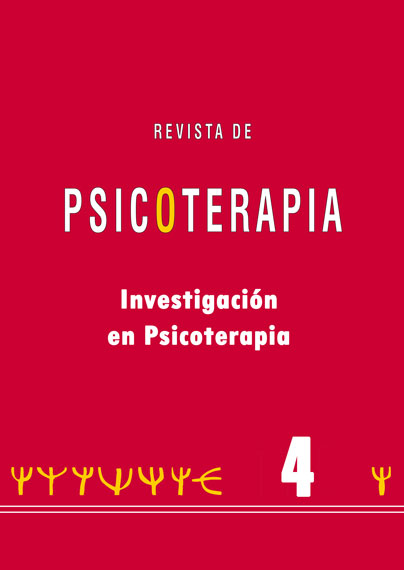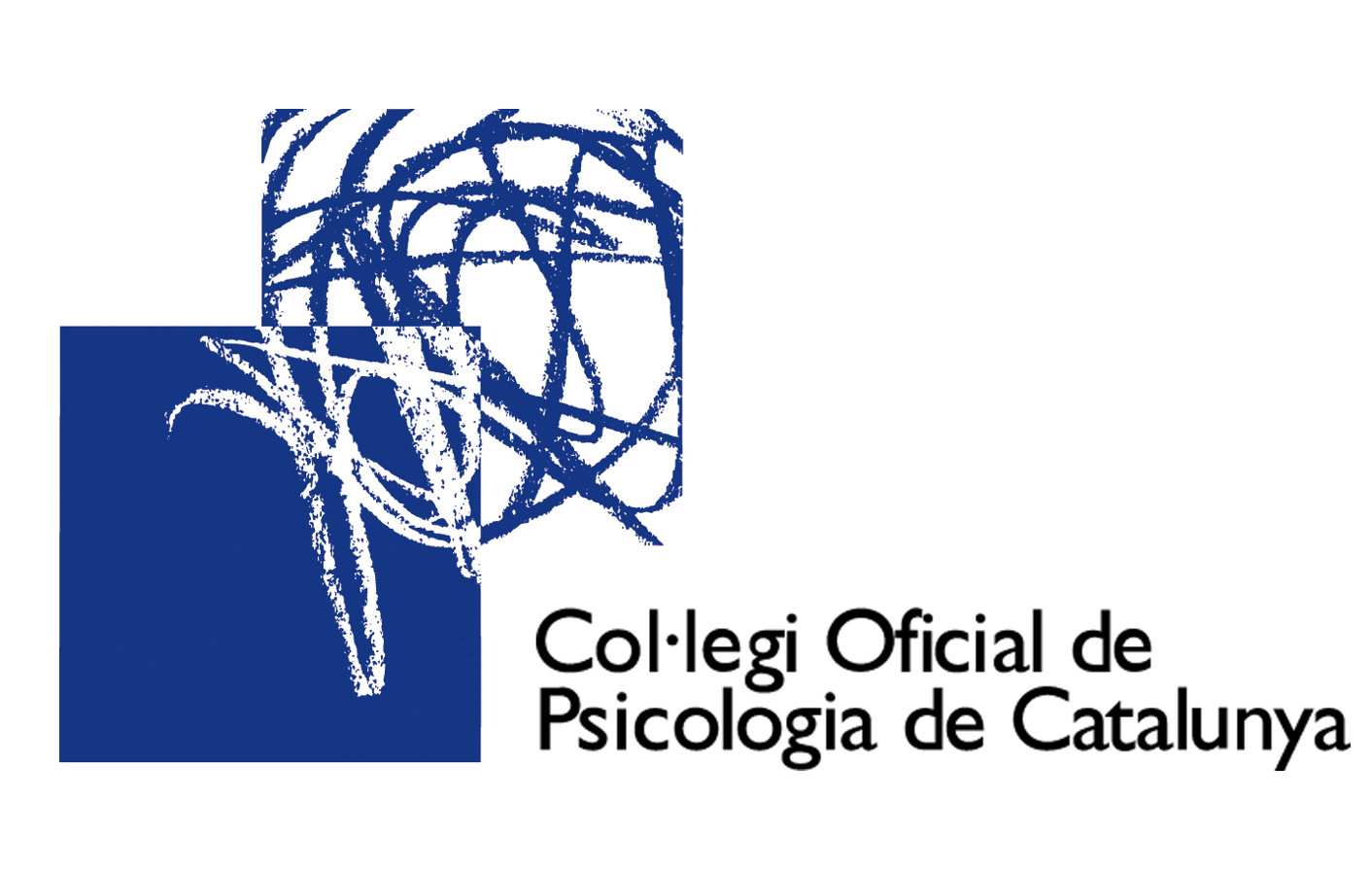Research on the process of change
DOI:
https://doi.org/10.33898/rdp.v1i4.647Keywords:
therapist, profesionalAbstract
In a recent review, Hattie, Sharpley and Rogers (1984) concluded that the patients treated by paraprofessional therapists improve more than those treated by professionals. However, this provocative conclusion is based on inappropiate studies and statistical analyses. The present review omitted problematic studies and organized the data to permit valid statistical inference. Unlike Hattie et al., we found that professional and paraprofessional therapists were generally equal in effectiveness. Our analyses also suggested that professionals may be better for brief treatments and older patients, although these differences were slight. Current research evidence does not indicate that paraprofessionals are more effective, but neither does it reveal any substantial superiority for the professionally trained therapist.
Downloads
References
Auneave, F. (1959). Applications of information theory to psychology. New York: Holt, Rinehart & Winston.
Austin, J.1. (1962). How 10 do ihings in words. New York: Oxford University Press.
Beck, A,, Rush, J., Shaw, B., & Emery, G. (1979). Cognitive therapy of depression. New York: Guilford Press.
Benjamin, L. (1974). Structural analysis of social behavior. Psychological Review, 81, 392-425.
Bordin, E.S. (1979). The generalizability of the psychoanalytic concept of the working alliance. Psychorherapy: Theory, Research and Practice, 16 252-259.
Cantor, N., & Mischel, W. (1979). Prototypicality and personality: Effects on free recall and personality impressions. Journal of Research in Personality, 13, 187-205.
Elliot, R. (1983a). Fitting process research to the practicing psychothereapist. Psychotherapy: Theory, Research and Practice, 20, 41-55.
Elliott, R. (1983b). “That in your hands”: A comprehensive process analysis of significant events in psychotherapy. Psychiatry, 46, 113-129.
Elliot, R. (1984). A discovery-oriented approach to significant events in psychotherapy. In L.Rice &
L.Greenberg (Eds.), Patterns of change: Intensive analysis of psychotherapy process (pp. 249-286). New York: Guilford Press.
Ellis. A. (1962). Reason and emotion in psychotherapy. New York: Lyle Stuart.
Gottman, J.M., & Markman, H.J. (1978). Experimental designs in psychotherapy research. In S.L. Garfield & A.E. Bergin (Eds), Handbook of psychotherapy and behavior change (pp. 23-62). New York: Wiley.
Gottman, J., Markman, H., & Notarius, C. (1977). The topography of marital conflict: A seguential analysis of verbal and non-verbal behavior. Journal of Marriage and the Family, 39, 461-477.
Greenberg, L. (1980). The intensive analysis of recurring events from the practice of Gestalt therapy. Psychotherapy: Theory, Research and Practice, 17, 143-152.
Greenberg, L. (1982). Psychotherapy process research. In E.Walker (Ed), Handbook of Clinical Psychology (pp. 164-204). Homewood, IL: Dorsey Press.
Greenberg, L. (1983). Toward a task analysis of conflict resolution in Gestalt therapy. Psychotherapy: Theory, Research and Practice, 20, 190-201.
Greenberg, L. (1984a). A task analysis of intrapersonal conflict resolution. In L.Rice & L.Greenberg (Eds.), Paterns of change: Intensive analysis of psychotherapy process (pp. 67-123). New York: Guilford Press.
Greenberg, L. (1984b). Task analysis: The general approach. In L.Rice & L Greenberg (Eds.), Paterns of change. Intensive analysis of psychotherapy process (pp. 124-148). New York: Guilford Press.
Greenberg, L. (1986). Research strategy. In L.Greenberg & W. Pinsof (Eds.), The psychotherapeutic process: A research handbook. New York: Guilford Press.
Greenberg, L.. & Dompierre, L. (1981). Specific effects of Gestalt two-chair dialogue on intrapsychic conflict in Counseling. Journal of Counseling Psychology, 28. 288-294.
Greenberg, L., & Pinsof, W. (1986). The psychotherapeutic process: A research handbook. New York: Guilford Press.
Greenberg, L., &. Webster, M. (1982). Resolving decisional conflict: Relating process to outcome. Journal of Counseling Psychology, 29, 468-477.
Gumperz, I.J. (1972). Introduction. In J.J.Gumperz & S.Del Hymes (Eds.), Directons in soctolinguistics (pp. I25). New York: Holt, Rinehart & Winston.
Gurman, A.$. (1973). Instability of therapeutic conditions of psychotherapy. Journal of Counseling Psychology, 20, 16-24.
Hill, C. (1986). An overview of the Hill counselor and client verbal response modes category systems. In
L.Greenberg & W.Pinsof (Eds.). The psychotherapeutic process: A research handbook. New York: Guilford Press.
Horowitz, M.J. (1979). States of mind. New York: Plenum Press.
Kiesler, D. (1973). The process of psychotherapy: Empirical foundations and systems of analysis. Chicago: Aldine.
Kiesler. D. (1983, October). The paradigm shift in psychotherapy process research. Summary discussant paper presented at the National Institute of Mental Health workshop on Psychotherapy Process Research, Bethesda, MD.
Klein, M., Mathieu, P., Gendlin, E., & Kiesler, D. (1969). The experiencing scale. Madison: Wisconsin Psychiatric Institute.
Lambert, M. (1983). Psychotherapy and patient relationship. New York: Dorsey Press.
Levine, F., & Luborsky, L. (1981). The core conflictual relationship theme: A demonstration of reliable clinical inference by the method of mismatched cases. In $.Tattman, C.Kaye. & M.Zimmerman (Eds.), Object and self: A developmental approach (pp. 501-526). New York: International University Press.
Luborsky, L. (1972). Research cannot yet intluence clinical practice. In A.Bergin & H.Strupp (Eds.). Changing frontiers in the science of psychotherapy (pp. 120-126). Chicago: Aldine.
Luborsky, L. (1984). A treatment manual for supportive-expressive psychoanalytically-oriented psychotherapy. New York: Basic Books.
Luborsky, L., Singer, B., Hartke, J., Crits-Christoph, P., & Cohen, M. (1984). Shifts in depressive state during psychotherapy: Which concepts of depression fit the context of Mr. `s shifts? In L.Rice & L.Greenberg (Eds.), Patterns of change: Intensive analysis of psychotherapy process (pp. 157-193). New York: Guilford Press.
Matarazzo, J.D.. Wiens, A.N., Matarazzo, R.G., Saslow, G. (1968). Speech and silence behavior in clinical psychotherapy and its laboratory correlates. In J.Schlien, H.Hurt, J.D.Matarazzo, C.Savage (Eds.), Research in psychotherapy (Vol. 3, pp. 347-394). Washington, DC: American Psychological Association.
Orlinsky, D. E,, & Howard, K. 1. (1978). The relation of process to outcome in psychotherapy. In $.L.Garfield & AE.Bergin (Eds.), Handbook of psychotherapy and behavior change (pp. 283-330). New York: Wiley.
Patterson, G., & Moore, D. (1979). Interactive patterns as units of behavior. In M.E.Lamb (Ed.), Social interaction analysis (pp. 221-245). Madison: University of Wisconsin Press.
Pearce, W., & Cronen, V. (1980). Communication action and meaning. New York: Praeger.
Pinsof, W. (1981). Family therapy process research. In A.Gurman & D.Kniskem (Eds.), Handbook of family therapy (pp. 699-741). New York: Brunner/Mazel.
Revenstorf, D., Hahlweg, K., Schindler. L., & Vogel, B. (1984). Interaction analysis of marital conflict. In
K.Hahlweg & N.Jacobson (Eds.), Marital interaction: Analysis and modification (pp. 154-181). New York: Guilford Press.
Rice, LN., & Greenberg, L. $. (1974, June). A metkod for studying the active ingredients in psychotherapy: Application to client-centered and Gestalt therapy. Paper presented at the meeting of the Society for Psychotherapy Research, Denver, CO.
Rice, L.. & Greenberg, L. (1984). Patterns of change: Intensive analysis of psychotherapy process. New York: Guilford Press.
Rice,L., & Kerr, J. (1986). Measures of client and therapist vocal guality. In L.Greenberg & W.Pinsof (Eds.), The psychotherapeutic process. New York: Guilford Press.
Rice, L., Koke, C., Greenberg, L., & Wagstaff, A. (1980). Client voice guality manual. Downsview, Ontario: Counseling and Development Client Center, New York University.
Rice, L., & Saperia, E. (1984). A task analysis of the resolution of problematic reactions. In LRice & L.Greenberg (Eds.), Paterns of change: Intensive analysis of psychotherapy process (pp. 29-66). New York: Guilford Press.
Rosch, E. (1978). Principles of categorization. In E.Rosch & B.Lloyd (Eds.), Cognition and categorization (pp. 169-215). Hillsdale, NY: Erlbaum.Sackett, G. (Ed) (1978). Observing behavior: Vol.2. Data collection and analysis methods. Baltimore, MD: University Park Press.
Schank, R., & Abelson, R. (1977). $cripts, plans, goals, and understanding. Hillsdale, NJ: Erlbaum.
Searles, J. (1969). Speech acts: An essay on the philosophy of language. New York: Oxford University Press.
Snyder, W. (1963). Dependency in psychotherapy: A casebook. New York: McMillan.
Stiles, W. (1986). Development of a taxonomy of verbal response modes. In L.Greenberg & W.Pinsof (Eds.), The psychotherapeutic process: A research handbook. New York: Guilford Press.
Toukmanian. $. (1986). A measure of client perceptual processing. In L.Greenberg & W.Pinsof (Eds.), The psychotherapeutic process: A research handbook. New York: Guilford Press.









